By Louise Irvine
One of the most iconic images from the Art Deco era at WMODA is Goldscheider’s dramatic Captured Bird. Niddy Impekoven, a gifted young dancer, is portrayed striding across the stage with her wings outstretched. Niddy was modeled in 1922 by Josef Lorenzl from a postcard of the star photographed by Anny Eberth and published by Ross of Berlin. The Goldscheider sculpture was so popular that it was produced in four different sizes with the wings painted in myriad colors.
Celebrity postcards inspired Goldscheider of Austria to make some of the most glamorous ceramic figures of the Art Deco era and Ross Verlag was the most prolific source. Henrich Ross started his own publishing company in Berlin in 1919 and, during the Weimar period of the 1920s and 30s, he published photo cards of thousands of European and American stars. Initially, they were produced in sets of three or four cards aimed at collectors and sold by mail order. The portrait cards evolved from the cartes de visite of the previous generations.
Ross Verlag reproduced photographs by some of the most successful studios in Weimar Germany including the Ateliers Binder, Eberth and Schenker. Expressionist dancers, movie actors, and fashion models were captured on camera by Anny Eberth and her stunning photographs were published in popular Berlin magazines such as Die Dame. She received medals for her work at the international exhibitions in Dresden, Ghent, Brussels, Rome and Berlin. Later, she worked for Madame D’Oro’s studio in Vienna which also supplied photos for Ross Verlag. Anny photographed Niddy in her beautiful bird wings costume which the dancer painted herself.
Luise “Niddy” Impekoven (1904-2002) began formal dance training at the age of five and was considered a child prodigy. Within a year, she made her stage debut in Berlin at a charity performance where she captivated her audience with her precocious charm. Niddy exuded an aura of fragility and fairytale innocence with her delicate, nubile movements. The young dancer gave her first solo program in Berlin in 1918 which included The Caged Bird, Rascal and Doll Dances.
Niddy fused classical ballet traditions with modern trends and gymnastics as she surrendered to the music. She danced almost exclusively to classical music and favorite composers included Mozart, Bach and Beethoven. Ross Verlag published postcards of her interpretation of Beethoven’s Moonlight Sonata as well as her signature character dances. In total, Ross produced 19 portraits of Niddy during her career.
We are fortunate to have three Captured Birds in the museum thanks to the generosity of Arthur Wiener, Caroline D’Antonio and the Spellens family. The figure was sculpted for Goldscheider by Josef Lorenzl in 1922. Josef Lorenzl (1892-1950) worked as a sculptor in metal at the Vienna Arsenal foundry before joining Goldscheider’s studio where his female forms defined the Art Deco era. He first portrayed Niddy as a small bronze statuette for Goldscheider #5054 which was advertised in Die Dame magazine in 1922. His ceramic figures followed in four different sizes and two different poses. The largest Captured Bird stands approximately 18 inches tall and the smallest 8 inches. The iconic figure was also incorporated into lamps as can be seen in the private collection of Jeff and Penny Spellens. The Spellens have loaned us a rare version of Niddy facing the other direction, Goldscheider #5234.
A fine aerograph spray technique was used for decorating the Goldscheider figures which became known as Vienna Faience. The caged bird’s wings often look like butterflies which has led to the figure’s popular name as The Butterfly Girl. Bird, bat, and butterfly dances became popular on the 1920s stage and the flappers of the jazz age adopted fluttering winged dresses for evening wear and fancy dress. Goldscheider capitalized on their popularity to create many other striking statuettes as did other bronze foundries and ceramic factories. Hutschenreuther also made a porcelain figure of Niddy modeled by Karl Tutter.
Niddy was considered an authority on dance, despite her youth, and in 1925 she was a consultant and performer in the German health propaganda film Ways to Strength and Beauty. The silent documentary condemned the hedonistic, dissipated cabaret lifestyle of Berlin and other major cities after years of war. Dance and exercise were advocated to revitalize war-torn Germany and the freedom of nature was extolled in the body culture movement which included nude dancing, rhythmic gymnastics and sports.
Niddy’s emotionally charged performances reflected this tormented era in German history. One of her expressionist dances interpreted the grotesque artistic dolls designed for adults in the 1920s. Erna Pinner made almost life-size dolls and Lotte Pritzel made wax dolls of mysterious pierrots and melancholy lovers while she was in a state of morphine intoxication. Niddy portrayed the dolls in a documentary movie in 1924 as well as in Ways to Strength and Beauty. Goldscheider made a figure of Niddy as a doll inspired by an Anny Eberth photograph and a Ross Verlag card. One day, we hope to find one for WMODA!
The image of dancing on the edge of a volcano has been used to describe the frenetic lifestyle of the roaring 1920s. The carefree existence was affected by the Wall Street crash in 1929 and the Great Depression. In Germany, the rise of the Nazi party impacted the political satire of cabaret life which was considered depraved and degenerate. Heinrich Ross, who was Jewish, was prohibited from running a company and had to give up running his publishing company in 1937. He left Germany in 1939, arriving in the USA in 1942.
By the early 1930s, Niddy had become an international star with sensational performances in Europe, the Far East, the UK and the USA. However, alarmed by the Nazi seizure of power in 1933, she retired from dance and moved to Switzerland where she lived to be 98. On her 90th birthday she reflected, "Dancing, that is something I only do once in a while in my dreams."
Read more about...
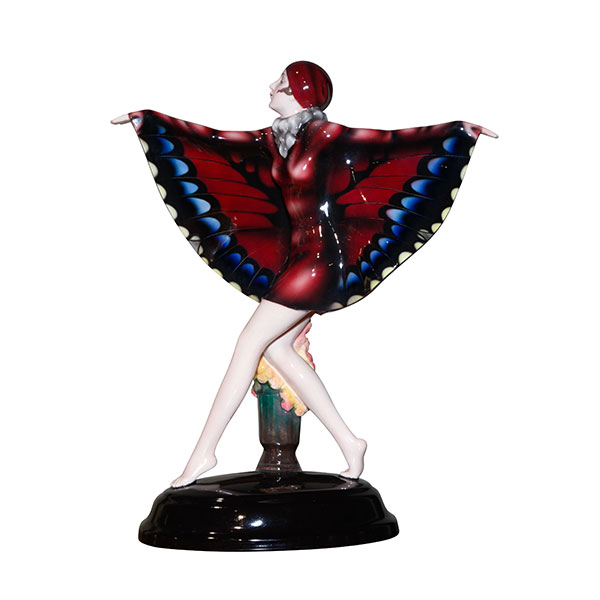
Goldscheider Captured Bird J. Lorenzl
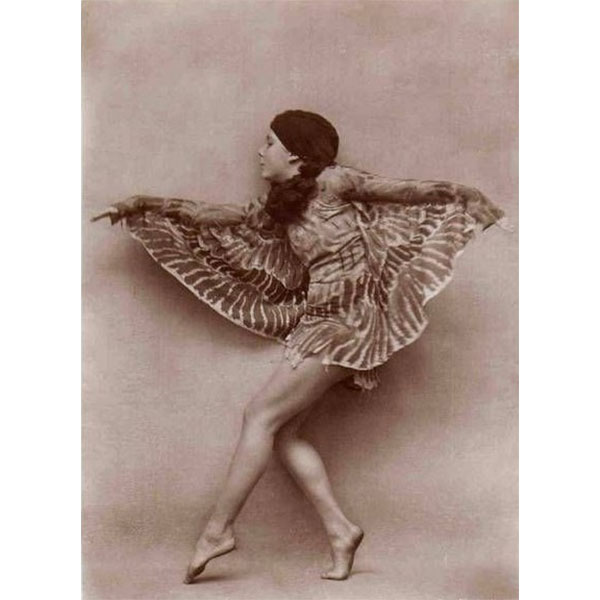
Photo of Niddy Impekoven as the Captured Bird
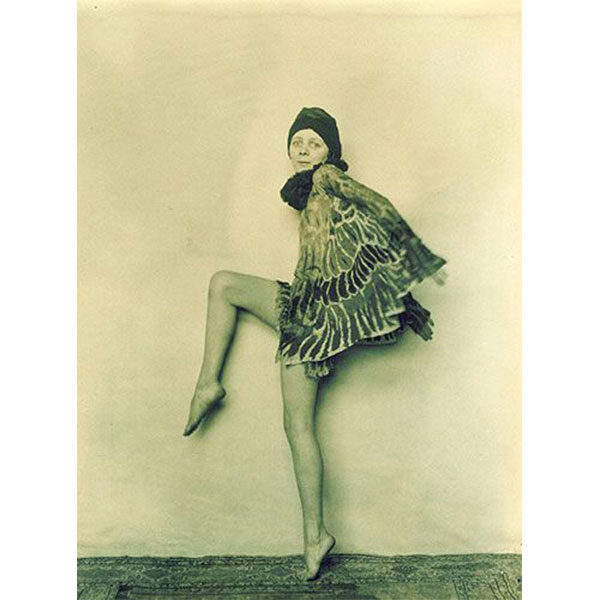
Niddy Impekoven Captured Bird
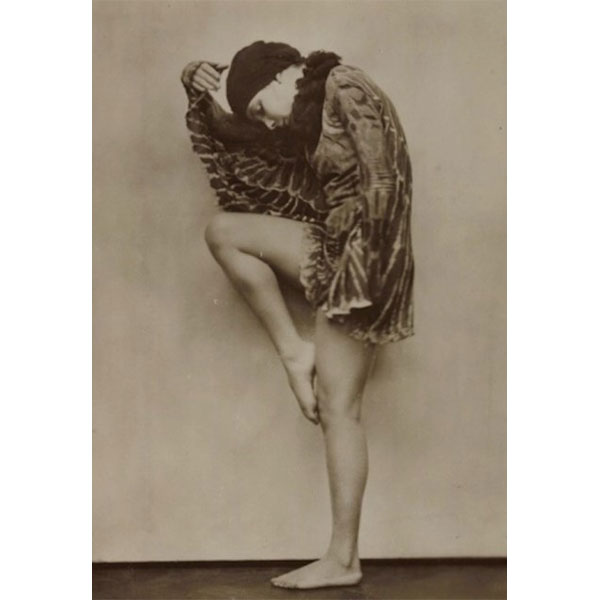
Niddy Impekoven Captured Bird
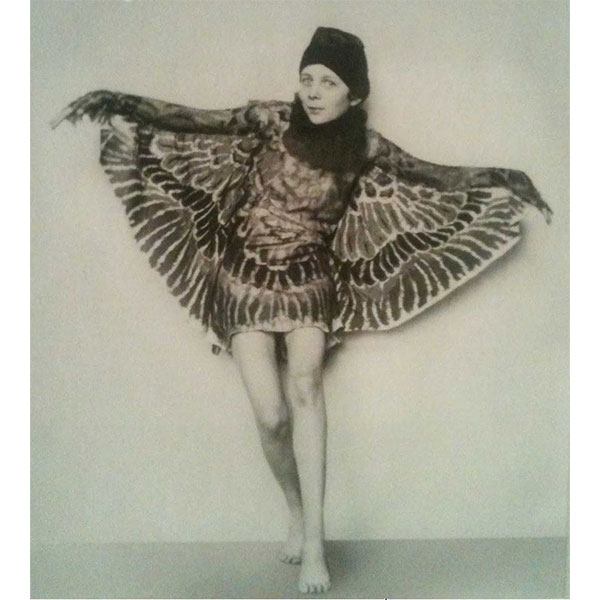
Niddy Impekoven Captured Bird
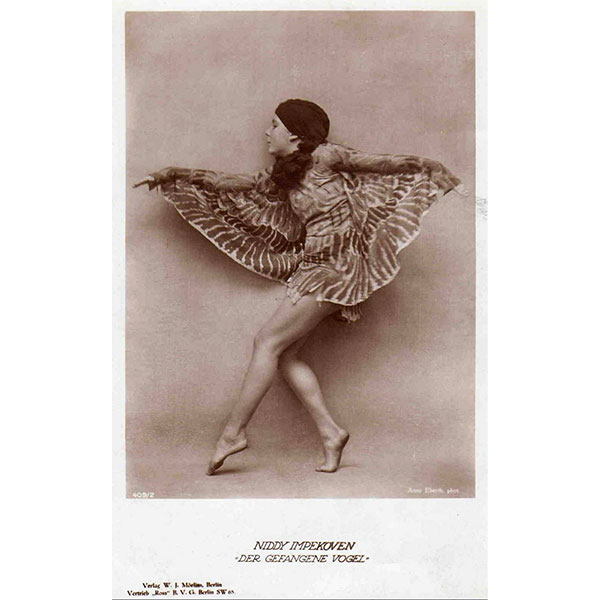
Ross card Niddy Impekoven by Anny Eberth
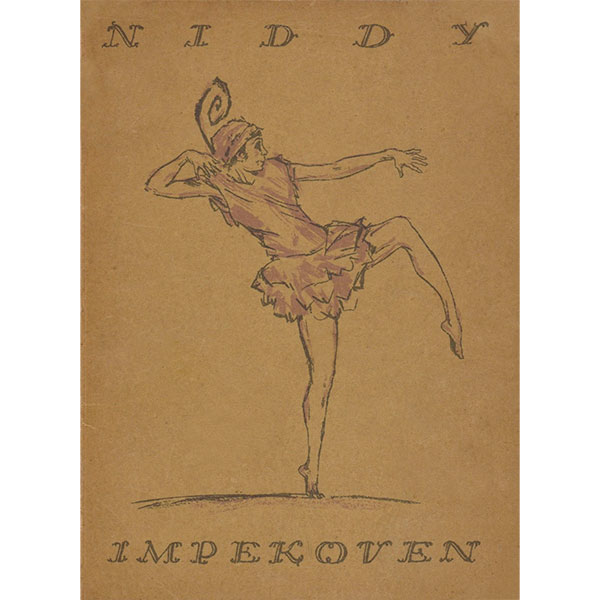
Niddy Impekoven in Rascal
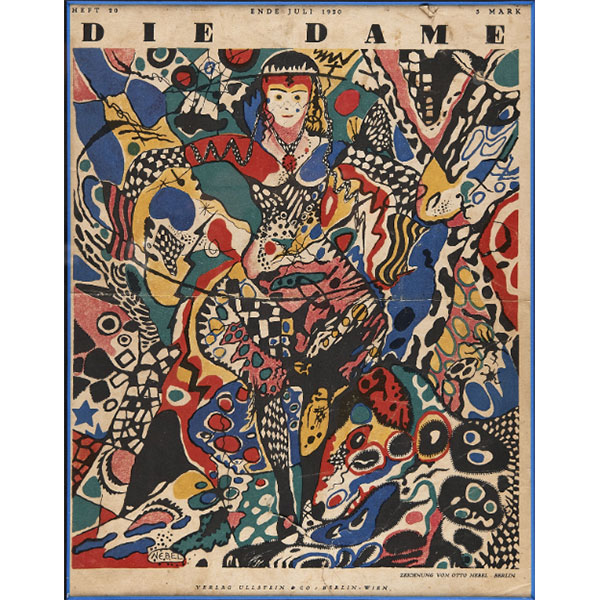
Die Dame magazine cover July 2020
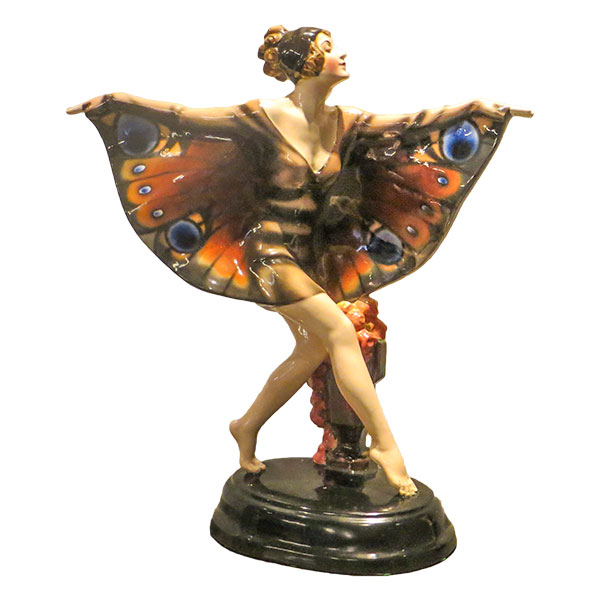
Goldscheider Captured Bird J. Lorenzl
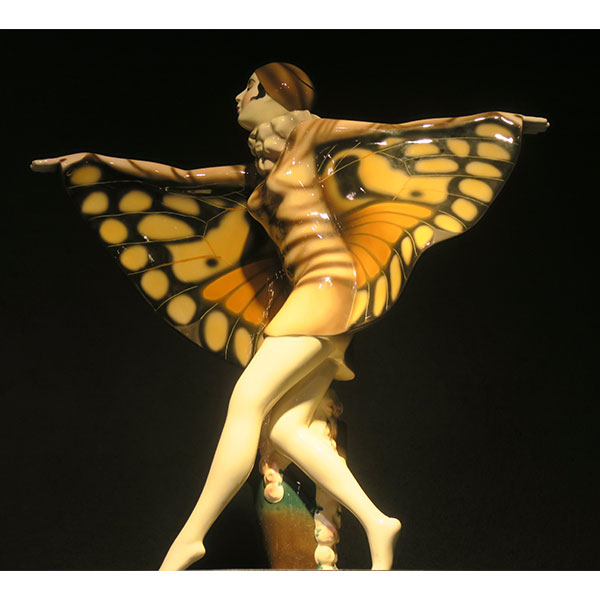
Goldscheider Captured Bird J. Lorenzl
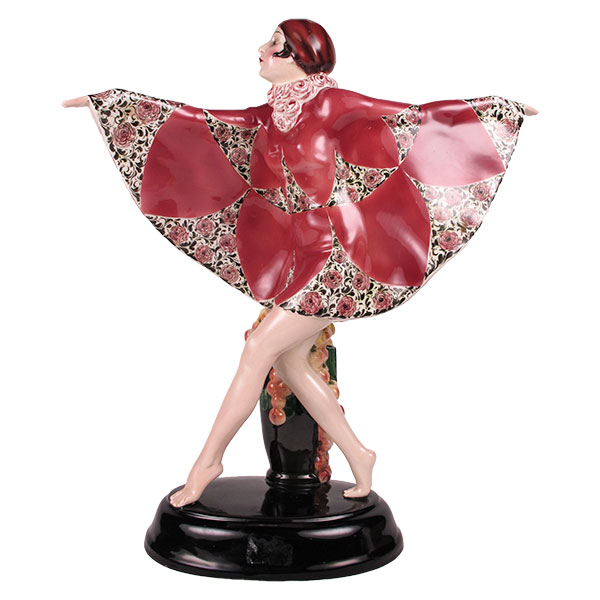
Goldscheider Captured Bird J. Lorenzl
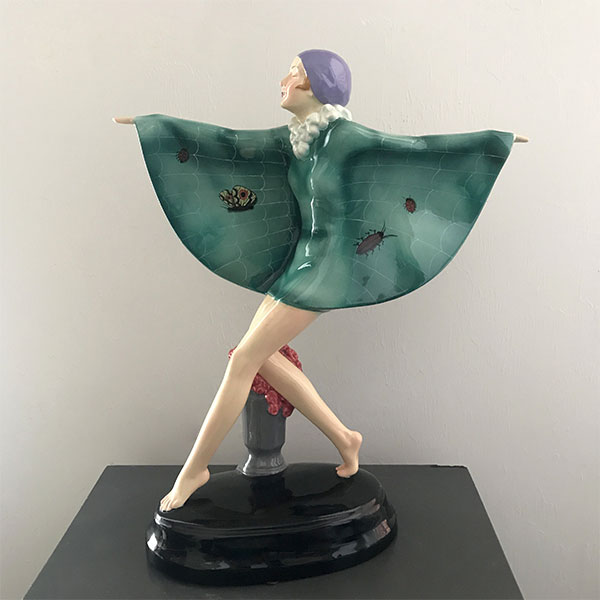
Goldscheider Captured Bird J. Lorenzl
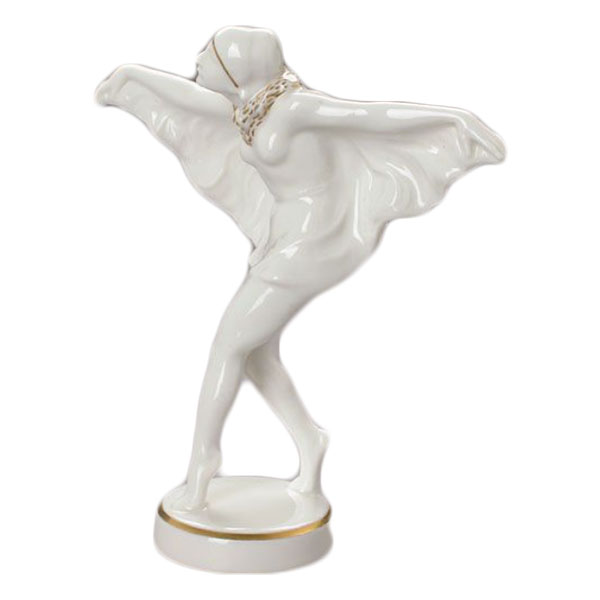
Hutschenreuther Niddy Impekoven K. Tutter
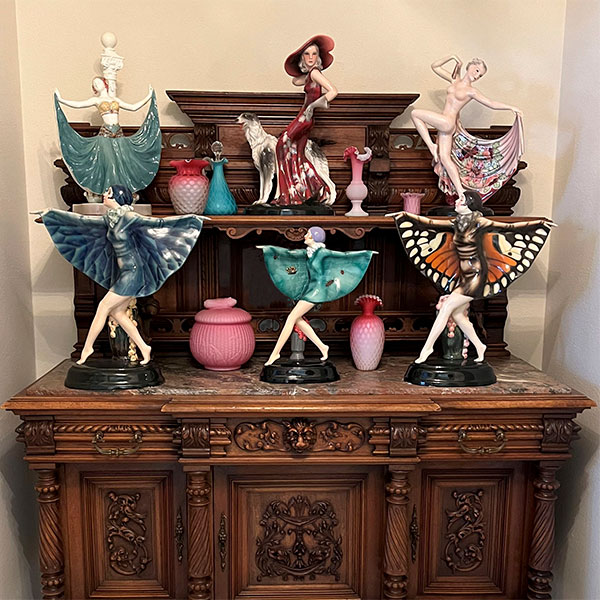
Spellens Goldscheider Collection
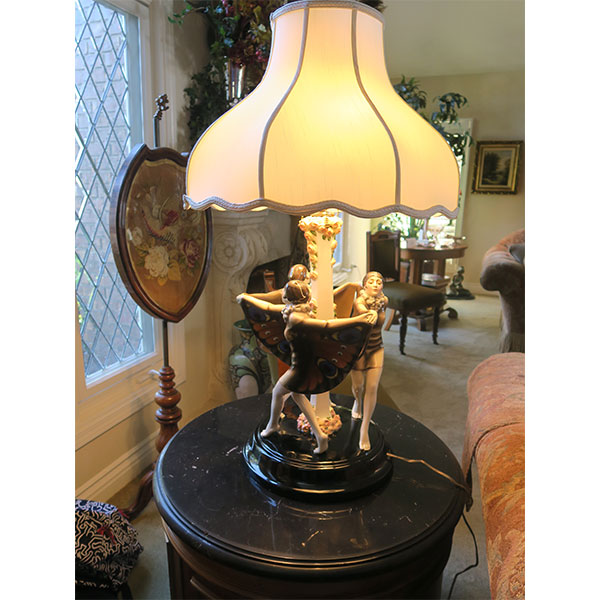
Goldscheider Captured Bird Lamp Spellens Collection
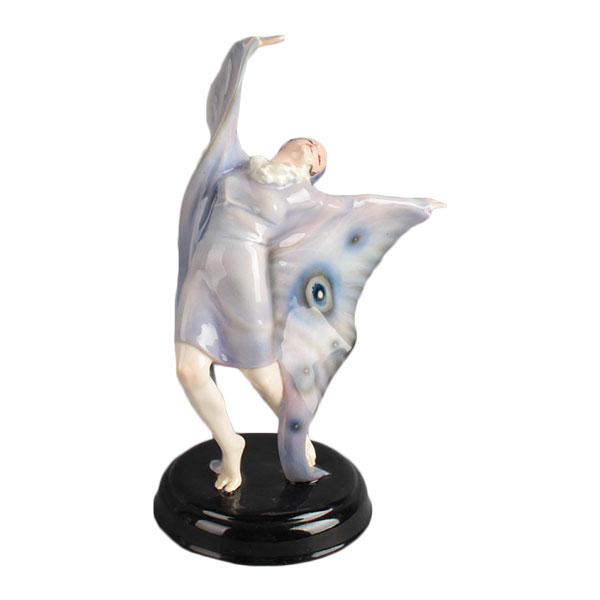
Keramos Butterfly Dancer by J. Lorenzl
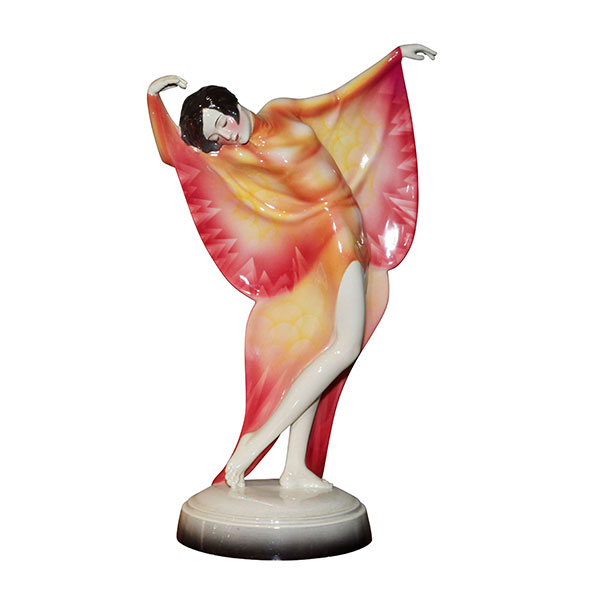
Goldscheider Dancer J. Lorenzl
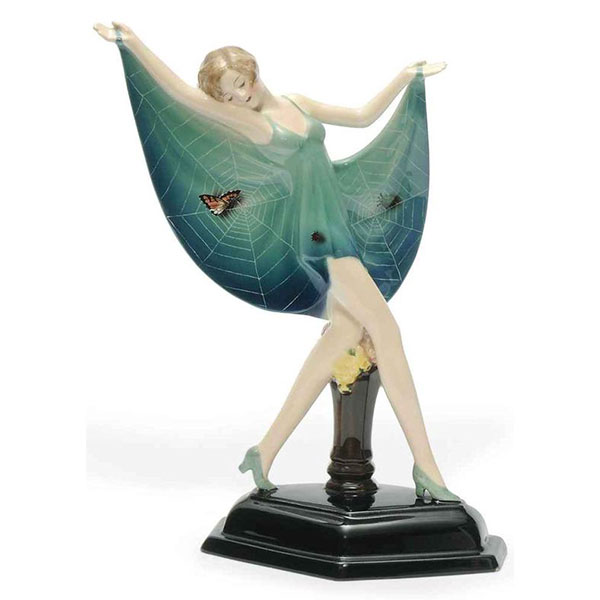
Goldscheider Butterfly Girl with Spider J. Lorenzl
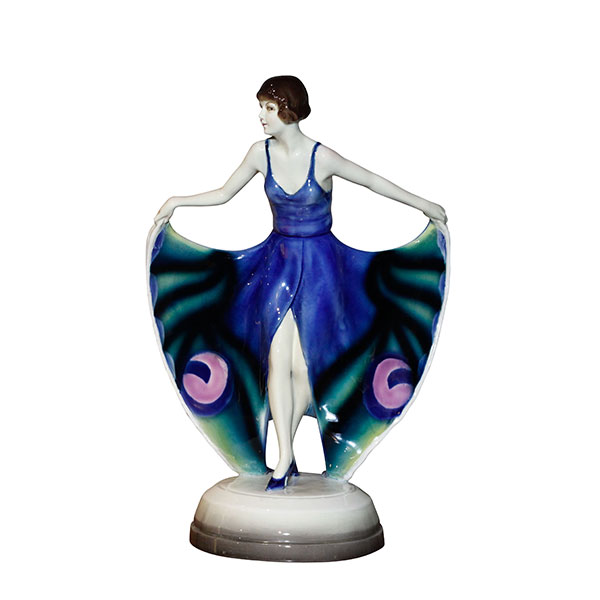
Goldscheider Butterfly Dress J. Lorenzl
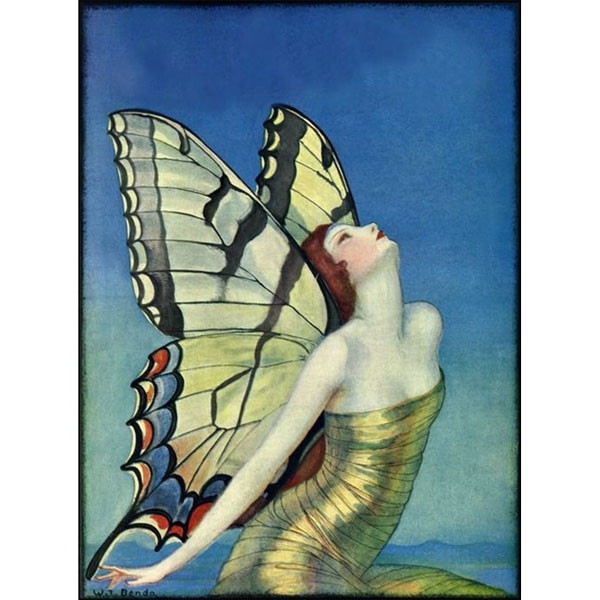
Butterfly Dancer Life Magazine 1932
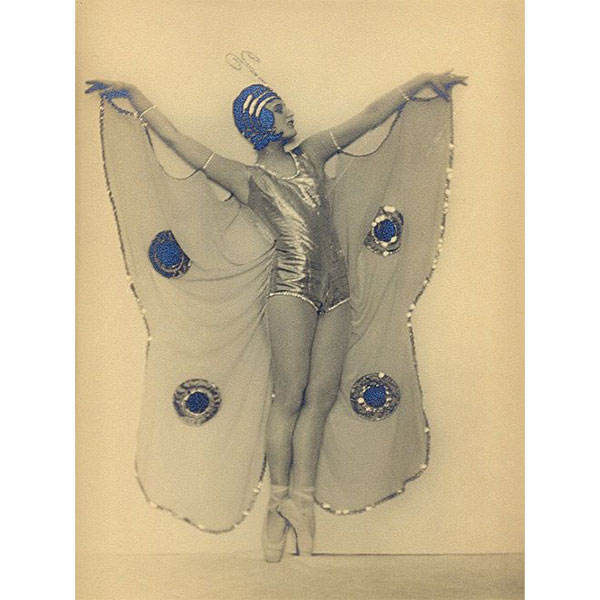
Butterfly Dancer
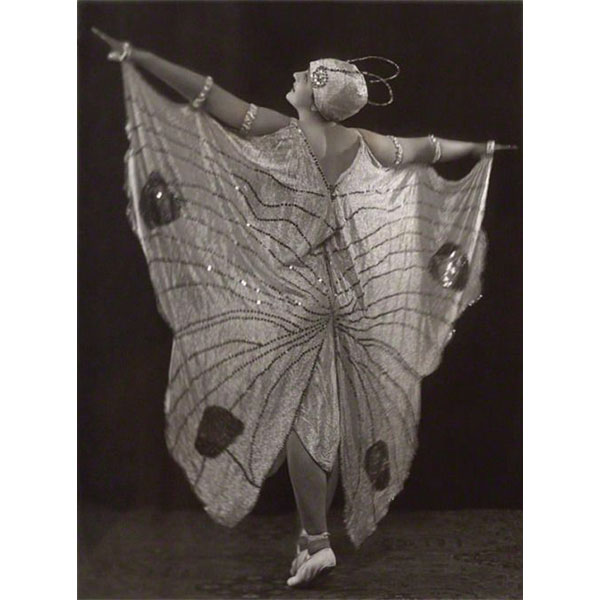
Gertrude McCoy by Bassano 1924
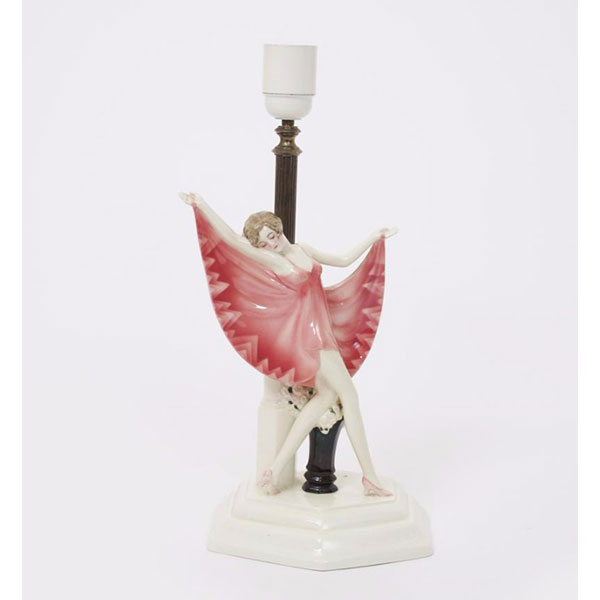
Goldscheider Butterfly Lamp J. Lorenzl
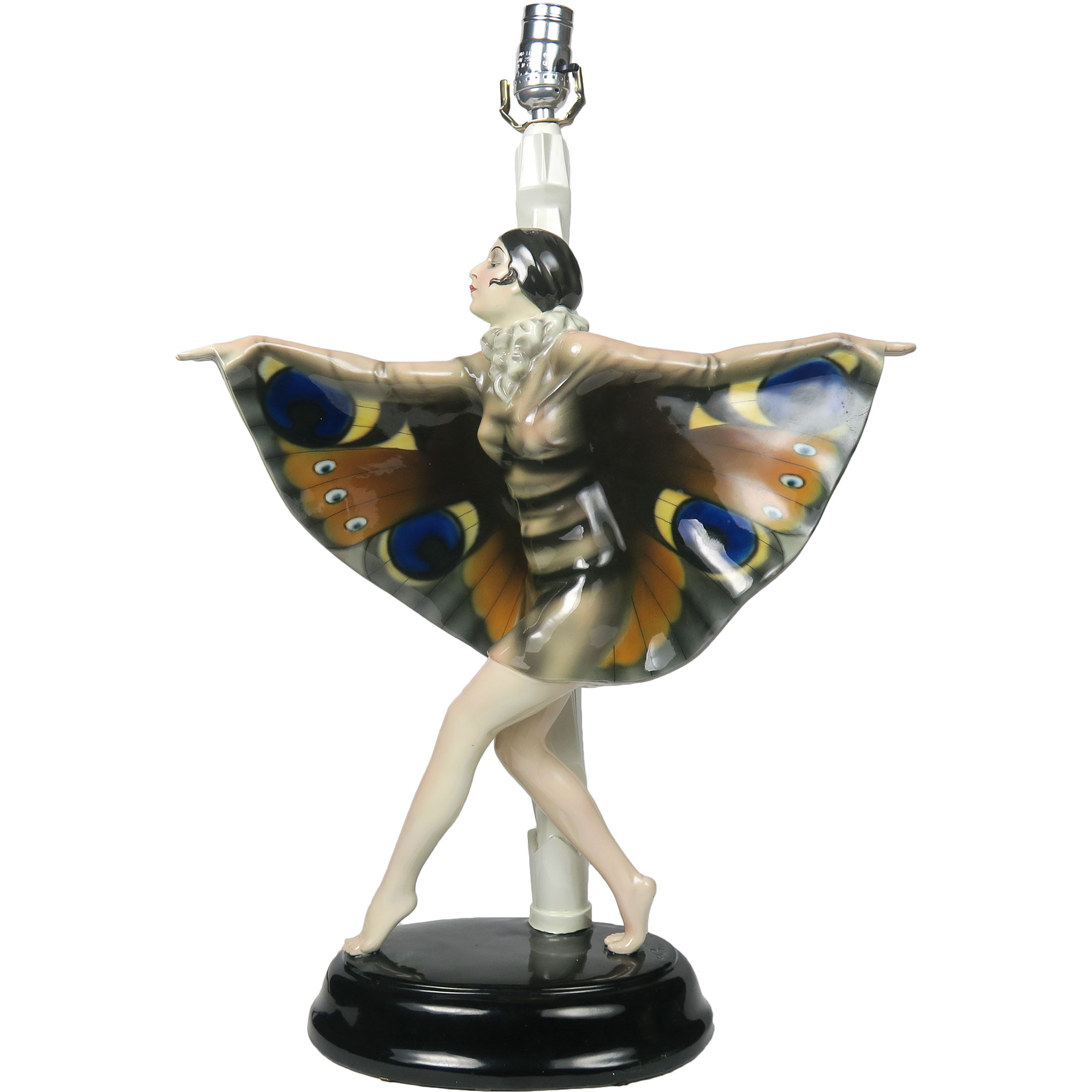
Goldscheider Captured Bird Lamp
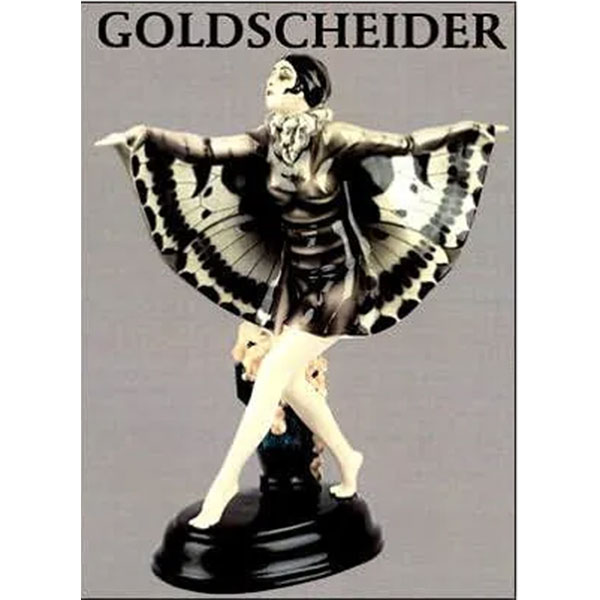
Goldscheider by Ora Pinhas
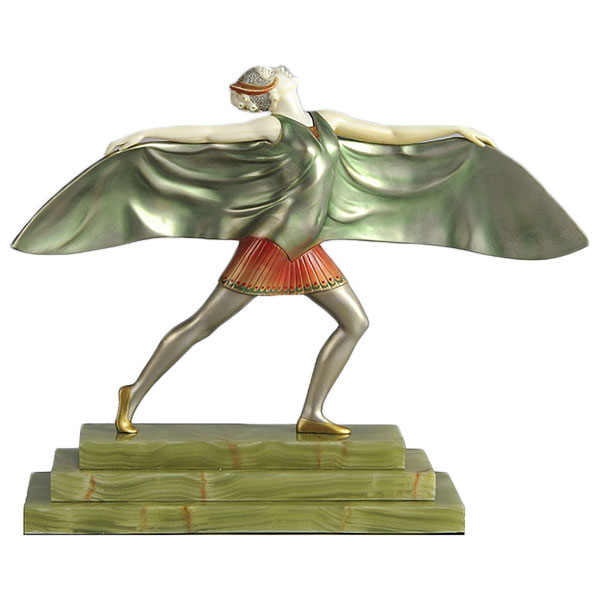
Niddy Impekoven F. Preiss
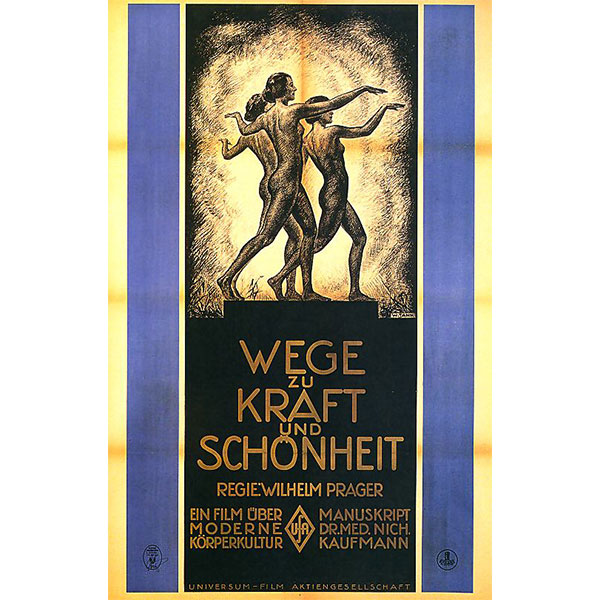
Ways to Strength & Beauty Documentary
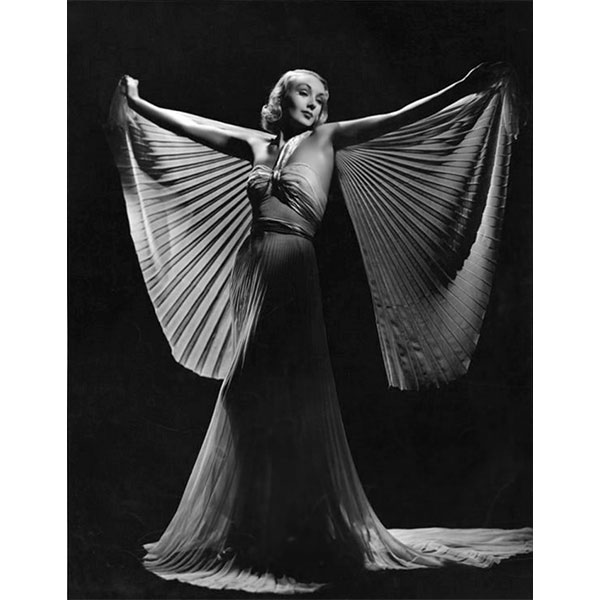
Accordian Dress
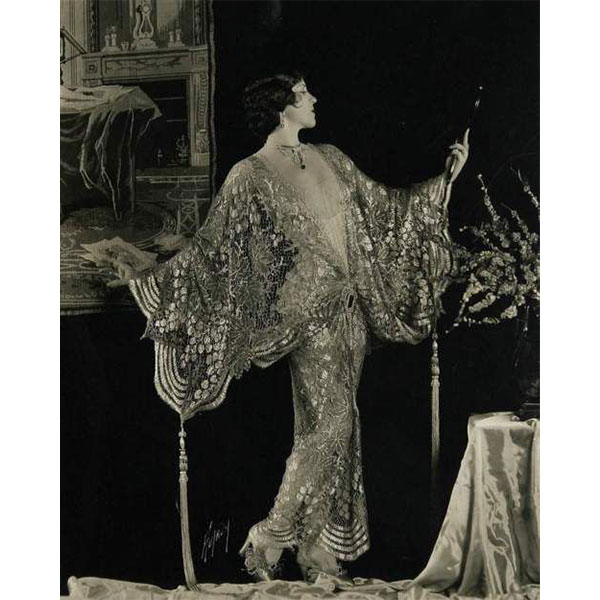
Olive Borden
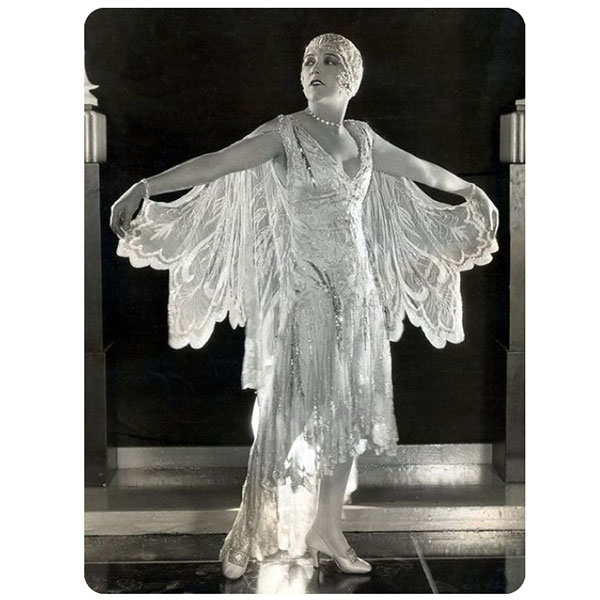
Aileen Pringle by Ruth Harriet Louise
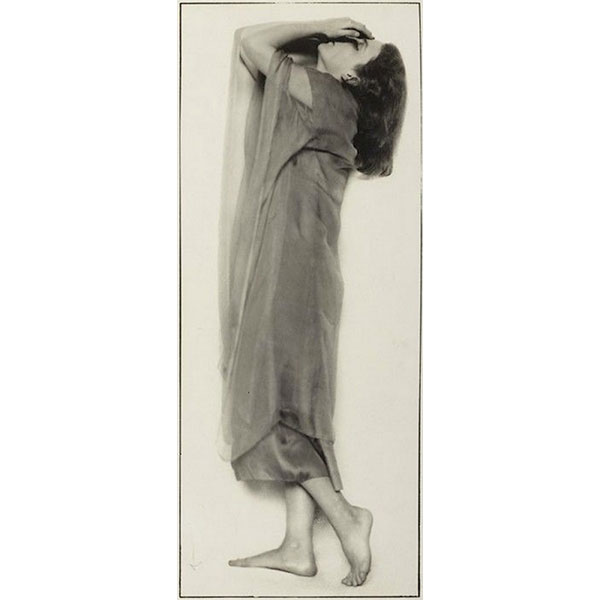
Niddy Impekoven by Trude Fleischmann
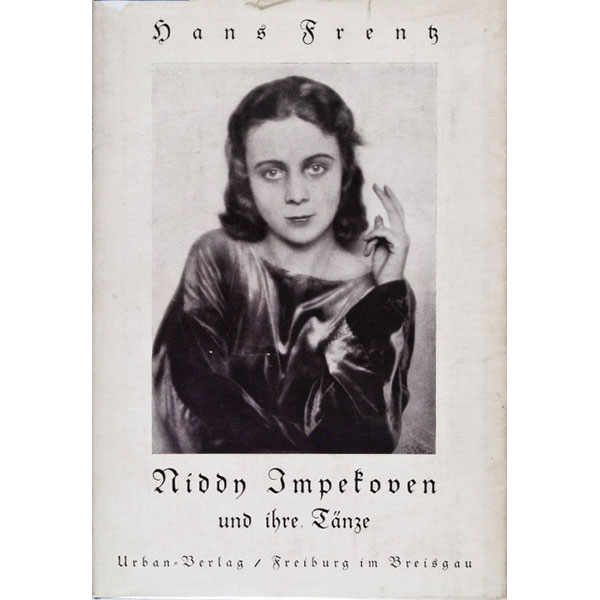
Niddy Impekoven Autobiography
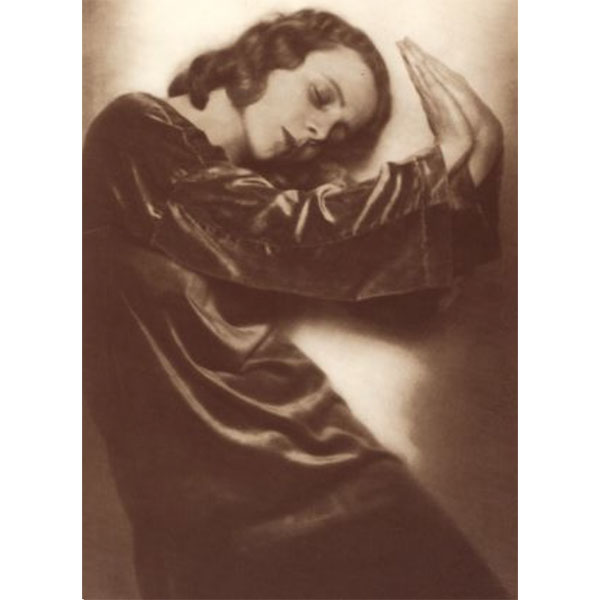
Niddy Impekoven Atelier D'Ora
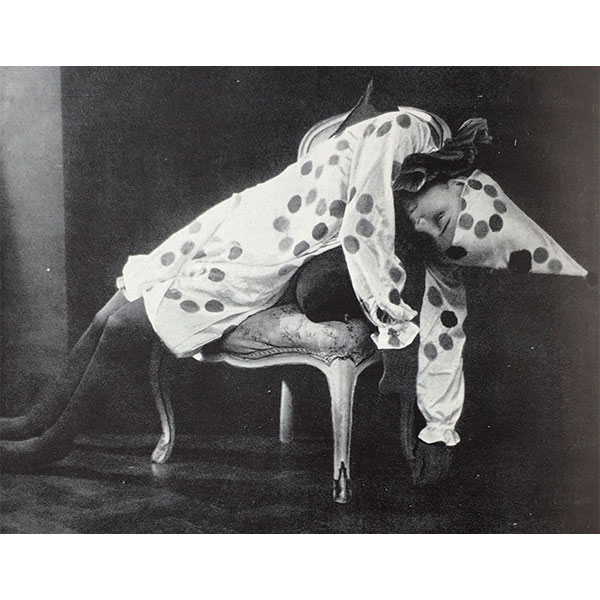
Niddy Impekoven as a Doll
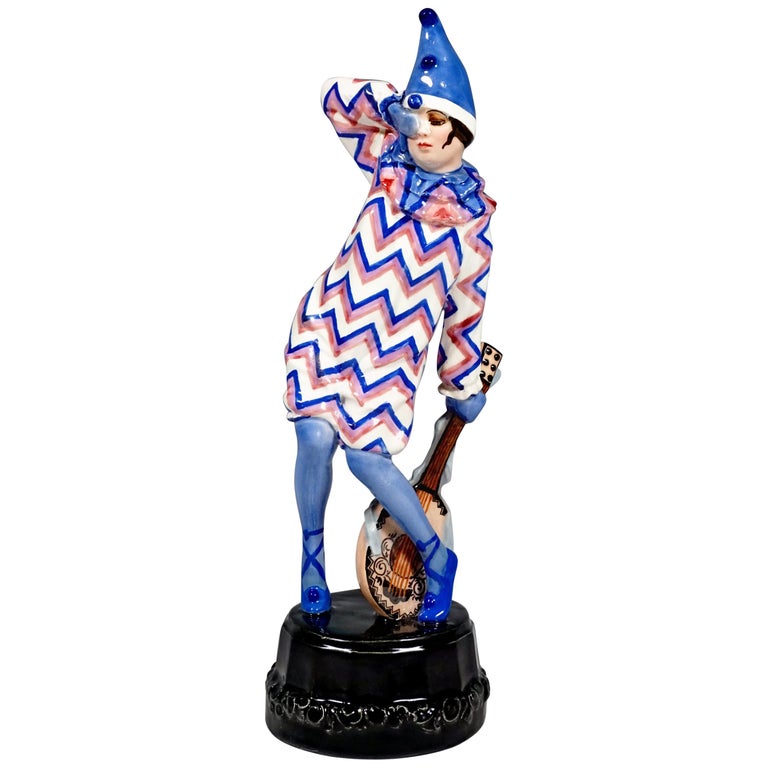
Goldscheider Niddy Impekoven as a Doll
